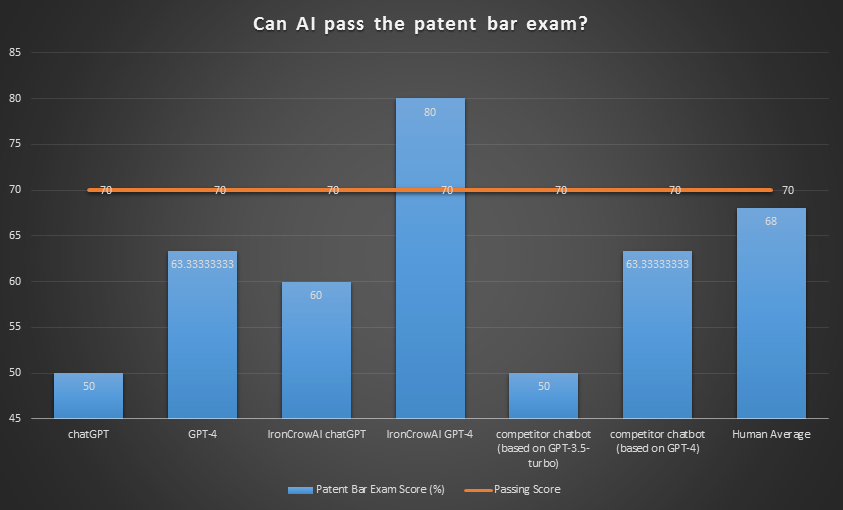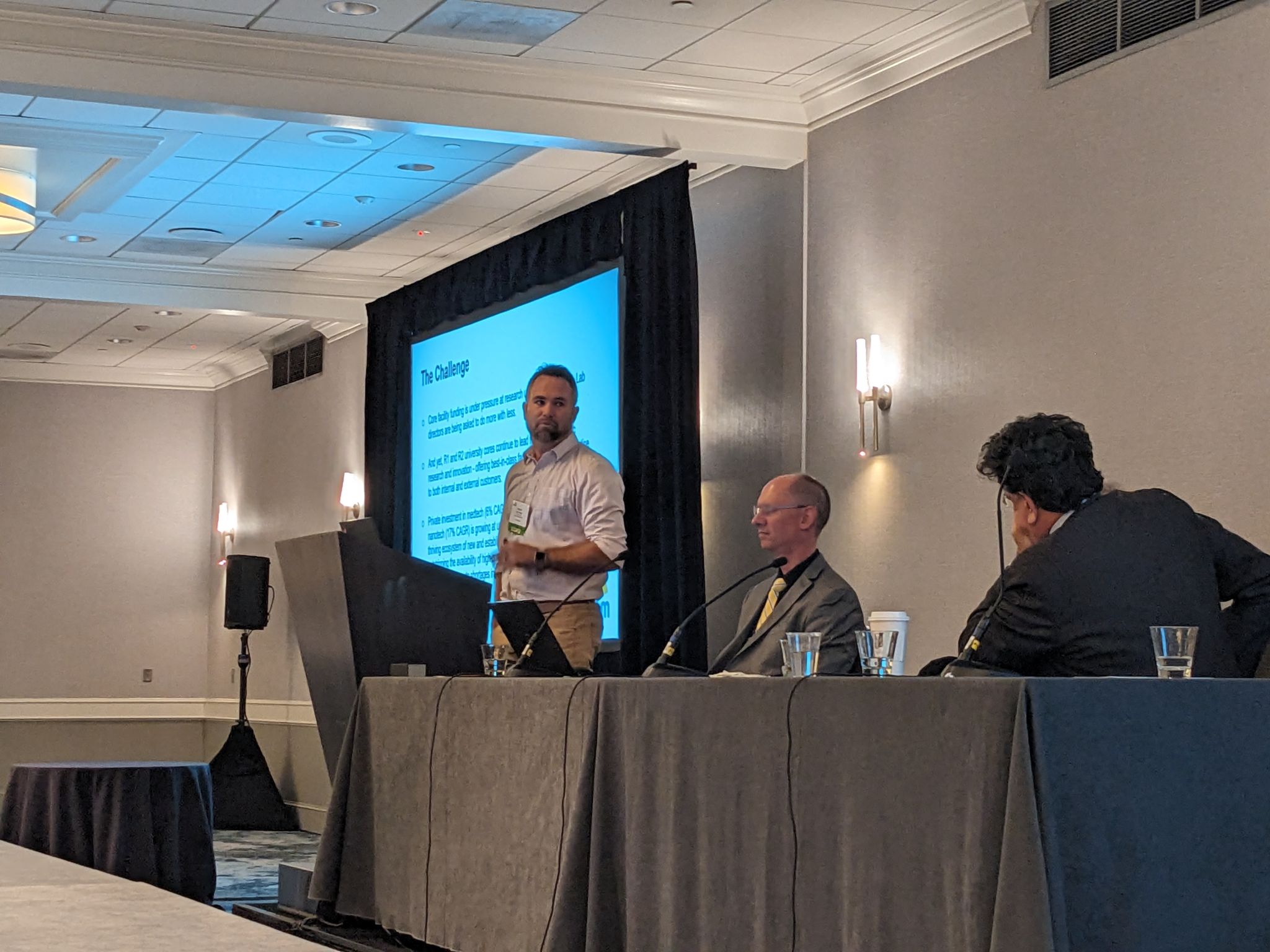
In our last post, McCoy Russell discussed changes in Japanese Patent Law as to Multiple-Multiple Dependent Claims being prohibited. To understand the implications of this change, it’s crucial to first understand what multiple-multiple dependent claims are.
In patent drafting, claims are used to define the scope and protection of the invention. A dependent claim refers to a claim that refers back to a previous claim, specifying additional limitations or features. Multiple-dependent claims are those that refer to multiple preceding claims, combining their limitations in a single claim. And, “multiple-multiple dependent” claims take this a step further, referring to multiple claims that themselves refer to multiple other claims.
The impact of this change is far-reaching, particularly for patent applicants who are accustomed to using multiple-multiple dependent claims to streamline their applications. With the ban in place, it is no longer possible to seek a reduction in the number of claims through the use of these claims in applications filed after April 1, 2022. This change has implications for both PCT applications and Paris route applications filed in Japan.
It’s important to note that the ban on multiple-multiple dependent claims does not extend to regular multiple dependent claims. These can still be included in patent applications without incurring any additional official fees. However, the prohibition serves as a clear signal that patent applicants should refrain from relying on multiple-multiple dependent claims as a means of simplifying their applications.
Working with a patent professional can help ensure applications are to the standards of the office in the jurisdiction which they are seeking protections in. Our next post covers one approach that may be used to address the change in Japanese Patent Law.











Recent Comments